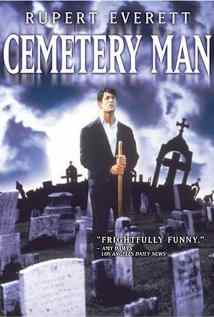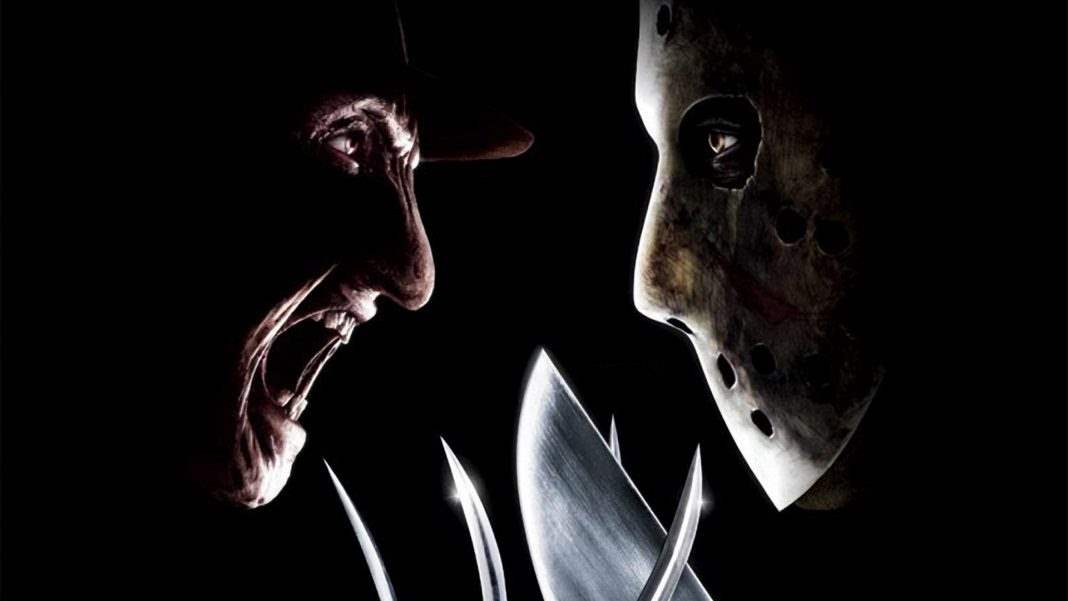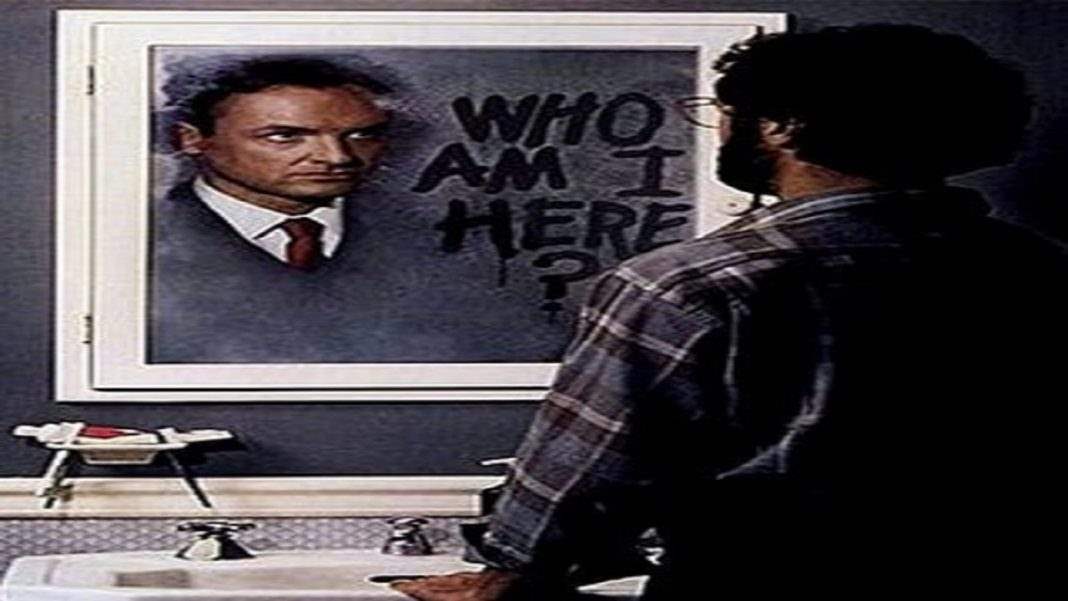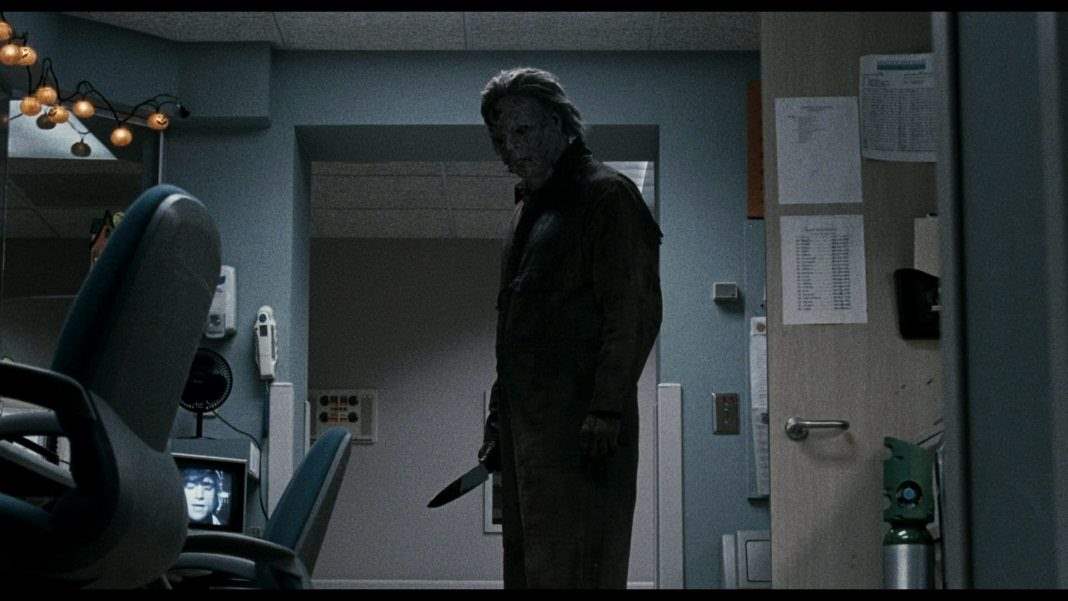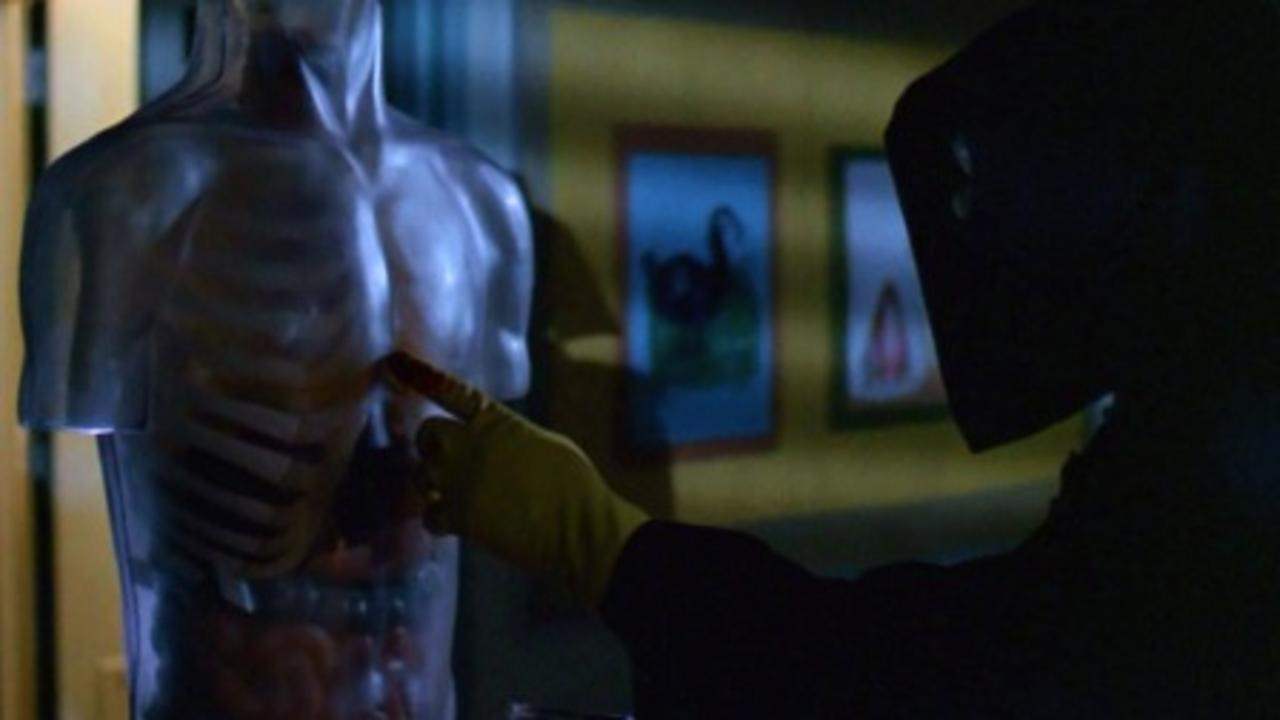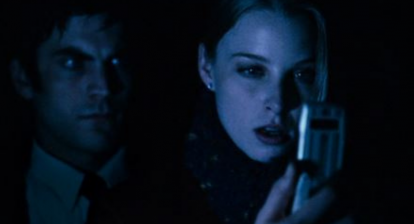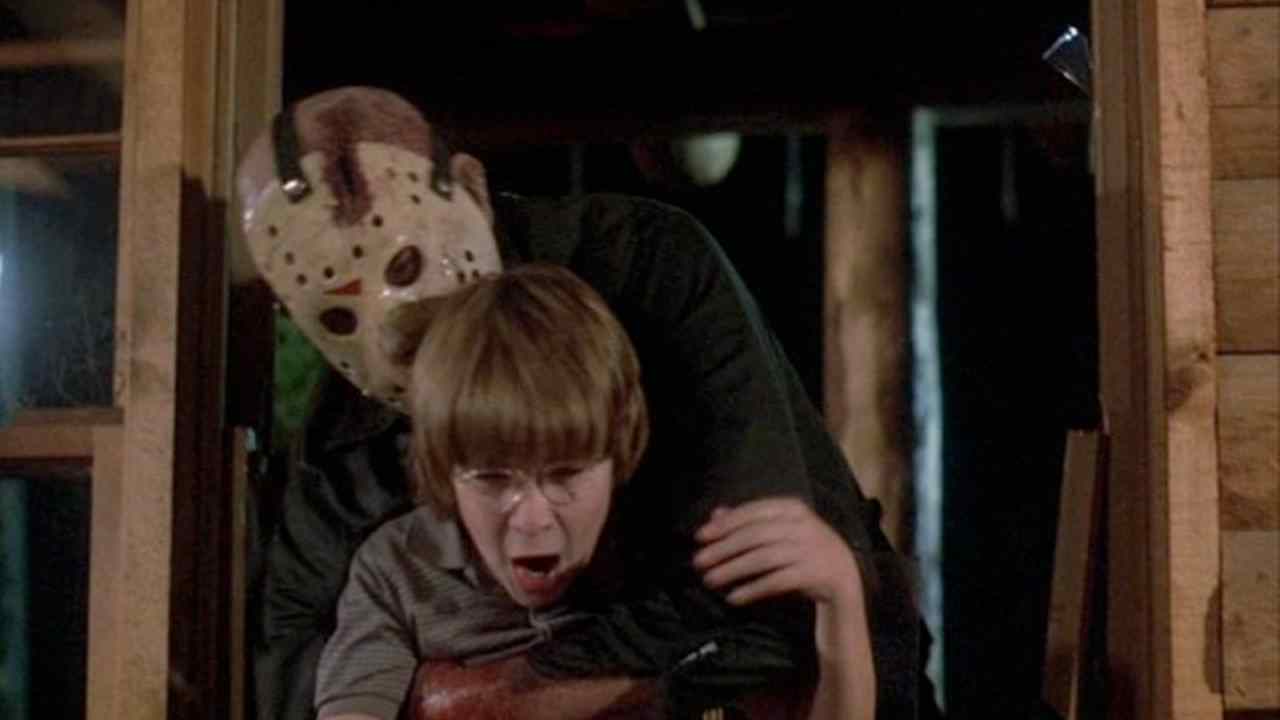The zombie genre had a hugely successful run in the 1980’s. Some of the best the sub-genre ever had to offer were released during this decade. Right at the start of the decade, we had Lucio Fulci’s Gates of Hell trilogy with City of the Living Dead, The Beyond and House by the Cemetery. George Romero finished off his trilogy with Day of the Dead. The same year, Dan O’Bannon’s Return of the Living Dead came out, starting a franchise of its very own. Stuart Gordon’s Re-Animator was also released in 1985, making the bold but successful move to release unrated rather than suffer through the endless torment of the MPAA. All of these films have gone on to become major, major cult classics.
By the late 1980’s, things were taking a turn. Zombie films were much cheaper and getting a much smaller scale release. They were being made more and more to cater to the rising video market. Things like The Video Dead, The Dead Next Door and Flesh Eater were all naturally much smaller and didn’t make the same impact on the genre that earlier living dead features did. There were precious few major zombie picture from the later years of the decade. John Carpenter’s Prince of Darkness saw release in 1987 and even that is far from the director’s most known and beloved work. The Serpent and the Rainbow was released in 1988 and is a completely different type of zombie story that took a much more realistic bent. It was also one of Wes Craven’s most underrated. But it was not financially successful and it was pretty much forgotten at the time of its release.
By the 1990’s, things were just about dead. With such a massive success, much like the slasher genre, zombies fizzled out as the decade went on. There appeared to be a split mindset in 1990 to keep the living dead going by either taking the most extreme direction imaginable or going completely back to basics. The first example resulted in Frankenhooker, a horror comedy much better than it has any right to be. It wore its weirdness on its sleeve, which is the best direction it could have taken. It’s like a slightly more classy Troma production, which is probably the most accurate description of the acting and tone.
At the same time, Tom Savini remade the original modern zombie film, George Romero’s Night of the Living Dead. It wasn’t hugely popular at the time. In fact, it was considered a little bit of a failure. Luckily, that’s been remedied recently and more and more people have come around to it. It sticks closely to the story of the ’68 film, with the major exception of updating the character Barbara from distressed victim to capable heroine. It also features some of the absolute best zombie makeup of any feature, ever. They look like actual corpses, which makes everything that much more disturbing. Sadly, it failed in its intention to bring zombies back into the mainstream and kickoff more films of that ilk.
Throughout the rest of the decade, worldwide, zombies were sparse. Each movie that got made, as good as it was, did nothing to bring the sub-genre back to the mainstream. They were pretty much forgotten. A lot of this was due to the resurgence in vampires, popularized by major mainstream productions like Bram Stoker’s Dracula and Interview With the Vampire. These films romanticized the monster. Vampires were killers, but they were attractive and offered an unsettling type of antihero romantic interest. The same was sort of applied to slashers, with serial killers evolving into seductive, well-read madmen like Hannibal Lecter. In this new climate of horror, there wasn’t a lot of room for zombies. There was no way to make them seductive or sexy.That’s why most of the great zombie movies of the 1990’s were either low budget productions or were made overseas. They were essentially imported. Yet the few features about the flesh-hungry dead that we saw in the 1990’s were some of the best of all time. But they didn’t make much money, so they didn’t have a large bearing on the overall flow of things. From Hollywood’s perspective, they didn’t really count.
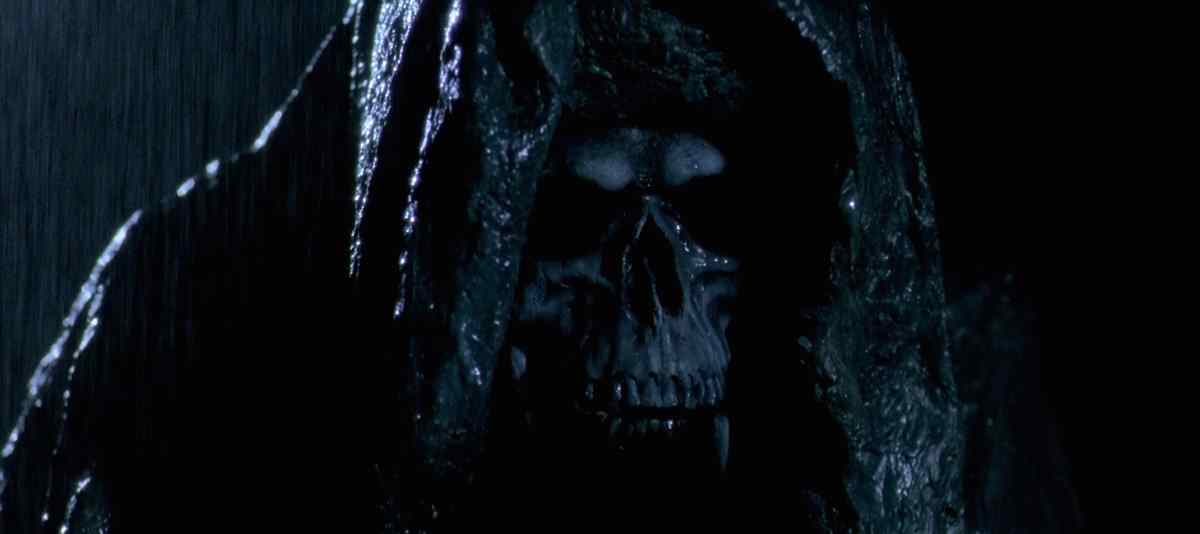 But just look at some of the zombie films from the 1990’s. There was Peter Jackson’s Braindead (AKA Dead Alive) which could very well be the director’s magnum opus. It’s a cult-favorite horror comedy, best known for being one of the goriest movies ever made. Then you had things like the underrated, genuine, romantic Return of the Living Dead 3. There was Cemetery Man in 1994, which may very well be the last great Italian horror. This was a stream-of-conscious, character driven, perfectly surreal work that also served as a statement on obsession and the nature of death.
But just look at some of the zombie films from the 1990’s. There was Peter Jackson’s Braindead (AKA Dead Alive) which could very well be the director’s magnum opus. It’s a cult-favorite horror comedy, best known for being one of the goriest movies ever made. Then you had things like the underrated, genuine, romantic Return of the Living Dead 3. There was Cemetery Man in 1994, which may very well be the last great Italian horror. This was a stream-of-conscious, character driven, perfectly surreal work that also served as a statement on obsession and the nature of death.
After Cemetery Man, there weren’t too many zombie movies being made except for the extremely low-budget affairs, and even they were infrequent. The late ‘90’s tried to be the final nail in the coffin, so to speak, for zombies and almost succeeded. During that time, the only one of note that really comes to mind is Full Moon’s sole venture into that horror niche with 1999’s The Dead Hate the Living. While it didn’t boast a higher budget than you normally see in a Full Moon production, it was definitely one of their rare productions that was fairly favorably reviewed.
Still, it was a minor, minor bump in the road. By the year 2000, things were deathly quiet—no pun intended—and there was no real sign that things were going to change.
Change, it turned out, came without warning. The terrorist attacks on September 11th, 2001 are more than anything what brought zombies back to public consciousness. Obviously terrorists and zombies are very different, but it’s a very outward sub-genre of horror. It’s about viral attacks that can overtake the whole world. Movies like 28 Days Later and Land of the Dead depicted most cities as hostile, war-torn environments. Zombies were as popular in the 2000’s as they were in the 1980’s because the climate of fear between the two decades was almost identical. The films of the 2000’s completely fed into the paranoia of the time. I’m not saying that zombies would still be dead if not for 9/11, because horror has always moved in cycles. So, if it hadn’t been this, it would have been something else. But the state of fear in the early 2000’s was instrumental in digging zombies out of the grave they made for themselves in the 1990’s.
